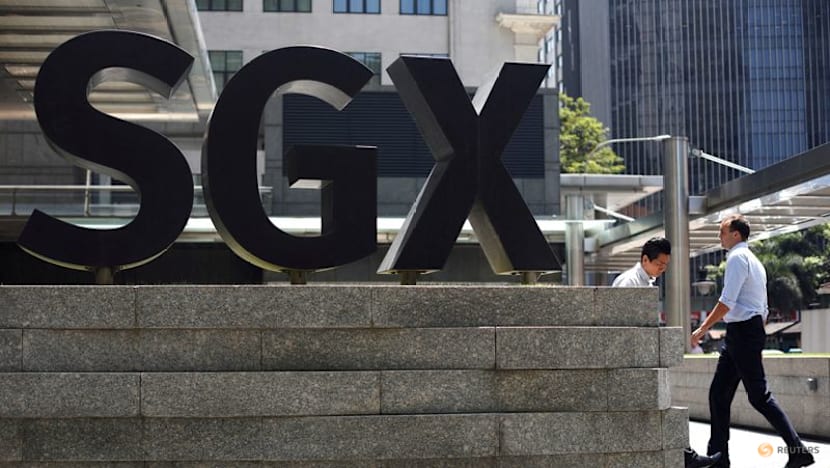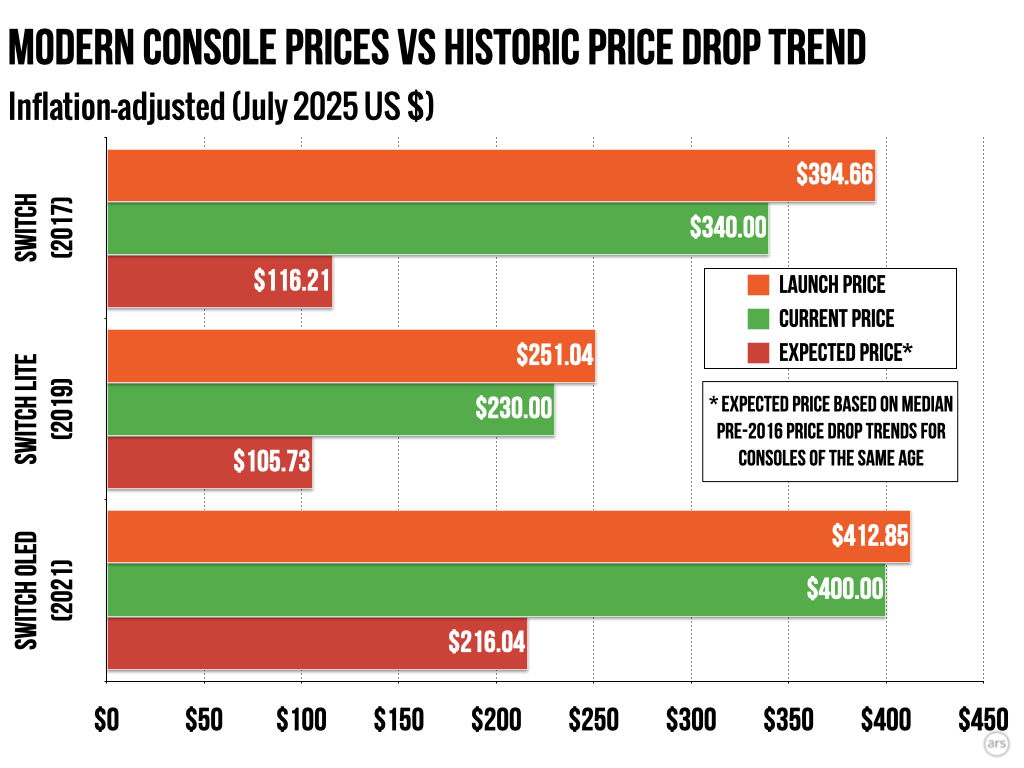Source:
ChatGPT:
The Monetary Authority of Singapore (MAS) does not seek for the Singapore dollar (SGD) to become a global reserve currency, according to MAS managing director Chia Der Jiun. Speaking ahead of the Singapore Fintech Festival, Chia emphasised that while the Singdollar has strong credibility, it lacks key attributes needed for global reserve-currency status, particularly scale and large, liquid asset markets that supply safe assets for global investors.
Analysts agree that Singapore prefers not to internationalise the Singdollar, as doing so could undermine MAS’ exchange-rate-driven monetary policy framework. The SGD’s limited offshore use and small market size allow MAS to maintain control over currency liquidity and prevent speculative flows.
Still, the Singdollar is seen as a regional safe-haven asset. Backed by Singapore’s macroeconomic and political stability, rule of law, AAA credit rating and credible exchange-rate policy, the currency has gained more than 4% against the US dollar year-to-date, prompting forecasts such as DBS’ projection that it could reach parity with the USD by 2040.
Analysts note that Singapore already holds many qualitative traits of a reserve currency — trustworthiness, safety and a well-functioning financial system. BNP Paribas’ Chandresh Jain expects the SGD to further strengthen as a regional reserve asset rather than a global one. DBS’ Philip Wee highlighted its status as one of the world’s few remaining AAA currencies not eroded by ultra-loose policies or rising debt, making it a reliable store of value.
The SGD is already among the world’s top 10 most-traded currencies, with Singapore ranked the third-largest FX centre globally. Looking ahead to 2026, analysts expect the SGD to continue appreciating, supported by MAS’ steady policy stance and a likely weaker US dollar.










